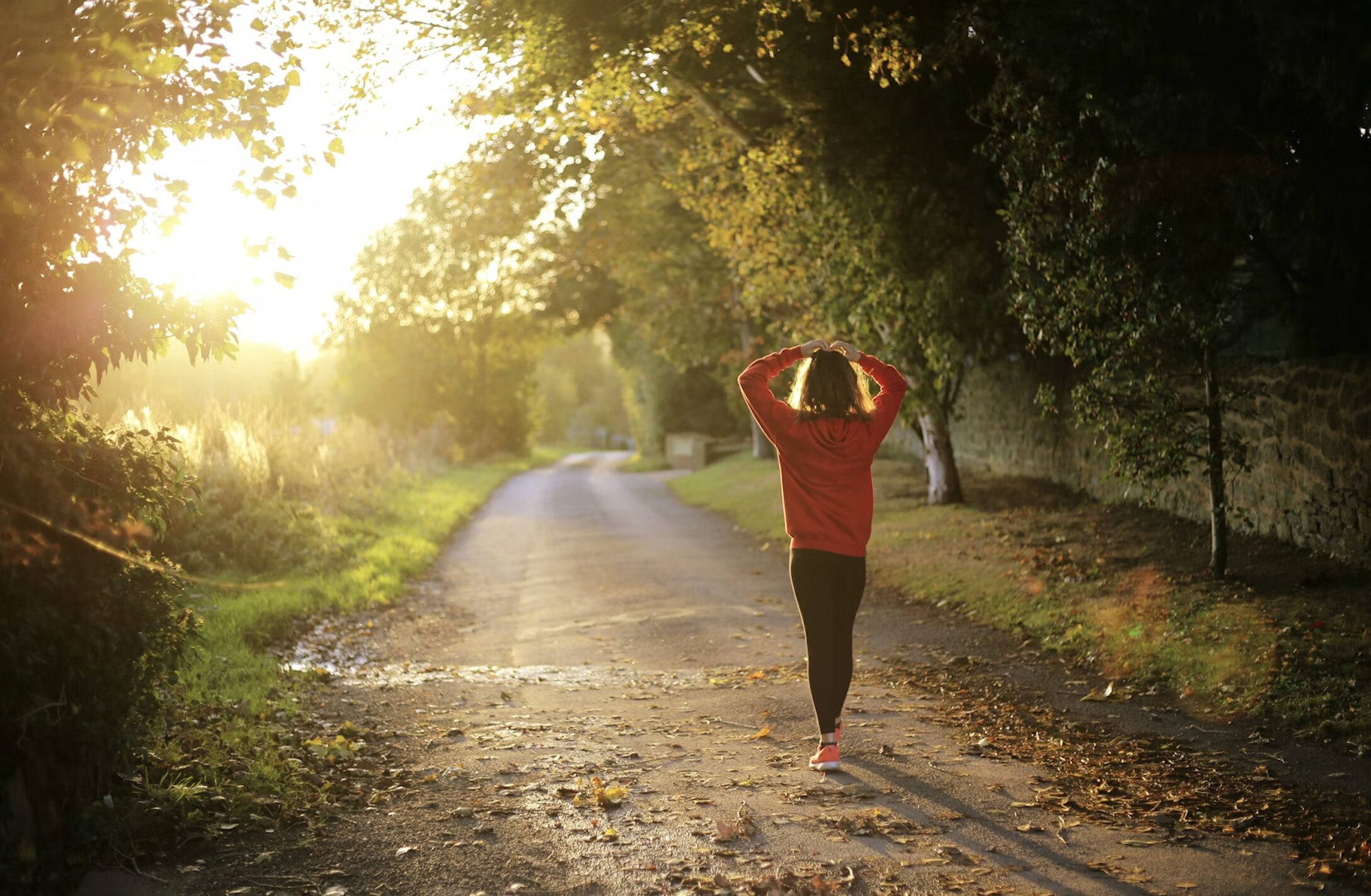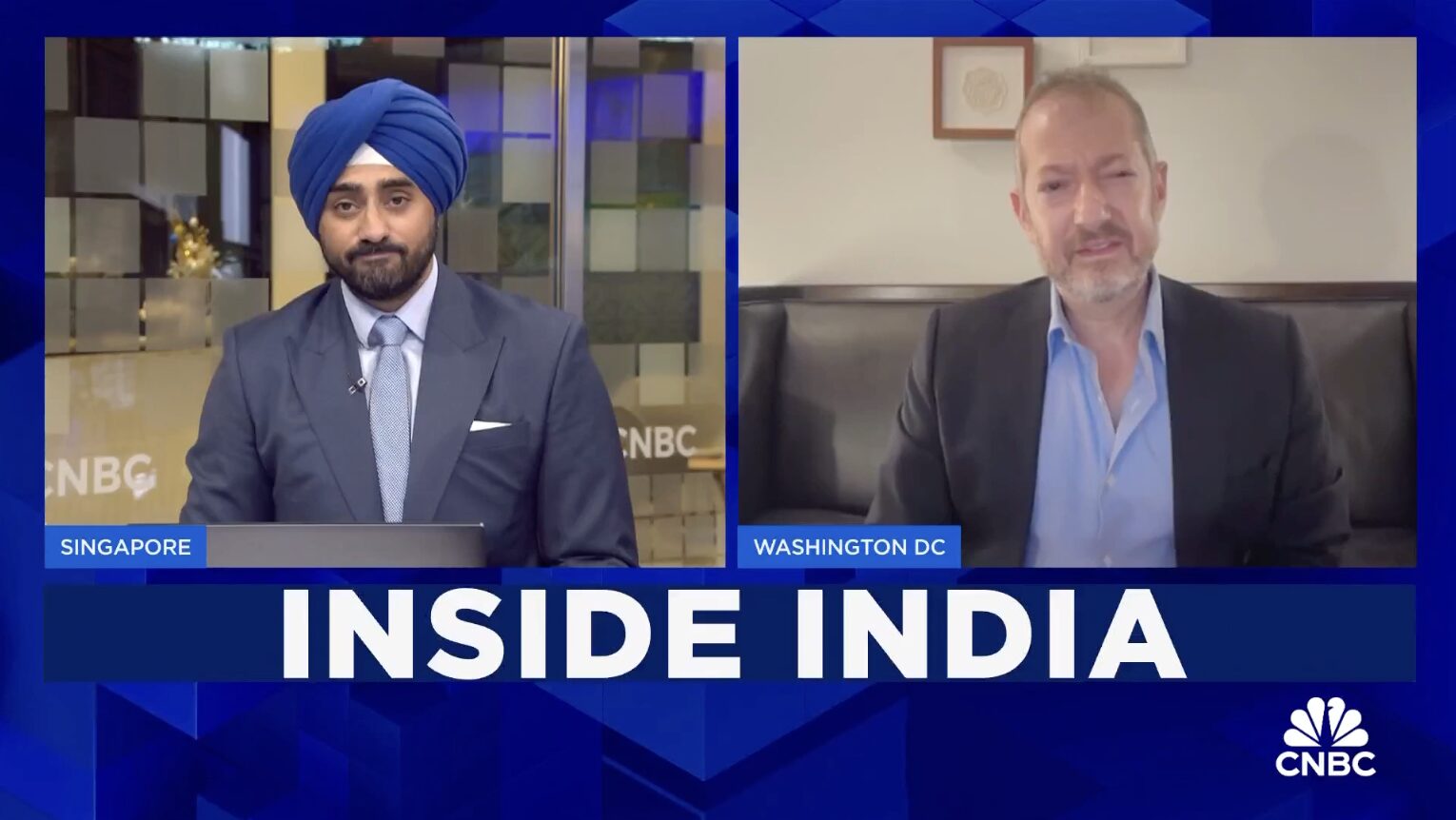
Dr. Sanjay Gupta: Explains the Science of Mouth-Taping
There’s a new sleep trend making waves: taping your mouth shut at night. Advocates say it can help you breathe better, sleep deeper, and even…
Thought Leader: Sanjay Gupta
This commentary is based on remarks Dr. Chokshi gave at the UHF Tribute to Excellence in Health Care on May 9. To see a video of these remarks, go here.
I recently stepped down as New York City’s health commissioner, and it has given me occasion to reflect on the past two years. On some days, I must admit, I feel as though we are the survivors of a catastrophic earthquake. One that has claimed over 1 million lives in the United States and over 15 million around the world. A gash in the fabric of our nation and our families, leaving 200,000 children without one of their caregivers. And we continue to feel the aftershocks.
Except as I stumble through the rubble and the wreckage, I get the disconcerting feeling that other survivors seem to think it is just fine to carry on with their lives as before these giant shocks, or not to think about how to build structures that are less fragile when the ground shakes.
My argument to you is that we cannot accept this. We will dishonor the memory of all those we have lost if we simply snap back—or ignore the impetus for change.
I remember speaking with the medical residents at Elmhurst Hospital, my neighborhood hospital, in April of 2020. They shared with me the grim reality of pronouncing two, three, or four patients dead during their morning pre-rounds, as a daily occurrence — something that never once happened to me over the entire course of my clinical training. Checking for a pulse and sensing the coolness of a hand bereft even of the small dignity of being warmed by the clasp of a loved one, one last time.
Those are the memories seared in the minds of health care workers on the front lines of COVID-19, as they are in mine. And because so many people did not experience the pandemic in the same way, it is our responsibility to call upon those memories and to expose the fault lines that contributed to tragedy—so much of it unnecessary and avoidable. Telling our stories is one antidote to the amnesia that precedes apathy.
Even for those already committed to change, each of us face choices about how to spend our time in driving it, and particularly whether to focus on incremental improvement, which is often more feasible, or bolder, more impactful, moves.
I am a primary care doctor, and in primary care we have a word for incremental change: we call it success. Accompanying a patient to get that MRI they have been fearing, or convincing them to take their blood pressure pills, or to cut down from six cigarettes a day to three—these are all legitimate cause for celebration.
But I’d like to try to convince you that incremental improvement is not enough for these times—and that they call for bolder change. They call for re-examining the underlying tectonic plates themselves: poverty, racism, tribalism, trust, social cohesion, human connection. Our times call for each of us to interrogate our relationship to the status quo, and to—sometimes uncomfortably — interrogate our colleagues’ relationship to the status quo, for instance when it comes to wealth inequality and immigrant labor and white supremacy.
You may be thinking: How can seismic change stand a chance, when Congress can’t even approve additional COVID funding while we are still in a pandemic? When the Supreme Court is moving us backward a half-century, rather than forward?
These are good questions. My best answer is that we have already seen seismic change, interlaced amid the suffering and tragedy of the past two years.
We saw change accelerate in the time warp of the pandemic, often leapfrogging over false barriers to progress. For example, before COVID, we were incubating a new program at Health + Hospitals. The gist: What if we just gave our sickest, most destitute patients some money? We thought carefully about how to frame the initiative, knowing it would be controversial. We figured it would have to be a small pilot to start, and we hatched a methodical five-year plan. And then—almost overnight, after COVID hit—we received a major funding infusion to serve hundreds of low-income patients hospitalized with COVID-19. They received unconditional cash transfers of $1,000 to help them purchase food, clothing, and medicine—and to help interrupt the vicious cycles of illness and poverty often prompted by hospitalization.
We have to fight to cement the leaps forward made during the pandemic. And we must advocate to preserve them at a policy level, too—from health coverage gains to telehealth reimbursement.
We saw seismic change through our historic vaccination campaign, at an unprecedented scale. In New York City, even as we lost over 40,000 of our neighbors to COVID-19, vaccination is estimated to have saved the lives of about 50,000 New Yorkers and counting. Vaccines—that is, public health—brought back our schools and brought back our economy. Our aggressive policies, and community engagement efforts spearheaded by people like Dr. Torian Easterling and Dr. Michelle Morse of the Health Department—in partnership with so many of you—allowed us to make particular progress in protecting Black and Brown New Yorkers. Your work showed that it is possible to supplant vicious cycles of disinvestment and discrimination with virtuous cycles of investment and empowerment in communities of color.
And we saw seismic change at the level of those communities, in the neighborhoods hit hardest by the pandemic. I’ll never forget seeing a school gymnasium through the shining eyes of my wife, an educator who herself came up in Queens public schools. She remembered frolicking and playing in the gym, simple joys unavailable to her own students during their lost year. And the heightened anxiety around COVID reminded her of the everyday miracle of school, where parents entrust what they hold dearest in the world, their child, to a stranger. Of course, they are not actually strangers. My wife recalled a colleague kneeling down to embrace her student on the first day back in class. The teacher and the child had both lost their fathers to COVID. But in the teacher’s words: “I at least had my father for 35 years. She only had hers for 11.”
The pandemic, for everything it tore apart through grief and loss, also showed the commonality underpinning community. And it was through that lens that my wife saw the gymnasium transformed, P.E. teachers replaced by nurses vaccinating her students’ family members, as well as our own family. Just by rolling up their sleeves, they too were entrusting their life to a stranger—or better said, a neighbor. All of that flickered across my wife’s face as she took in the gym, an embodiment of her dream of schools irrigating the wellbeing of our communities.
In the same vein, the City invested $235 million in a cadre of community health workers known as the Public Health Corps, recognizing it as a health workforce that we should have had before the pandemic. New York City also launched the nation’s first overdose prevention centers, helping save the lives of our brothers, our mothers, our neighbors, and our friends from one of the most dire “parallel pandemics” worsened by COVID-19. Overdose prevention centers were illegal, until they weren’t. Until we said, “Enough is enough.” Until we placed justice above legality.
Now, even as we contend with new variants, with aftershocks, with our own traumas and burnout—we must continue to pursue that seismic change. In that way, even if it might not feel like it, we are at a critical moment in the pandemic—no less important than the first lockdown, the start of the vaccination campaign, or when schools reopened. The stakes are high, as history has shown. The 1918 pandemic, the Great Influenza, is often referred to as the “forgotten pandemic,” as the stories of the millions lost perhaps took a back seat to narratives of nationalism and victorious valor from World War I.
I know I will not forget this pandemic, and I suspect you won’t either. Whether the broader society does, however, is up to us. It starts with sharing our stories, honoring the valor and excellence of our health care and public health heroes, and joining together to write the next chapters—as is our duty, as survivors.
Dave A. Chokshi, MD, MSc, FACP, is the former commissioner of the New York City Department of Health and Mental Hygiene. He led the City’s response to the COVID-19 pandemic, including its historic campaign to vaccinate over 6 million New Yorkers, saving tens of thousands of lives.
Dr. Sanjay Gupta: Explains the Science of Mouth-Taping
There’s a new sleep trend making waves: taping your mouth shut at night. Advocates say it can help you breathe better, sleep deeper, and even…
Thought Leader: Sanjay Gupta
Joe Grogan: The Alzheimer’s Economic Threat
Social Security could become insolvent in as little as eight years, with more people retiring and living longer and fewer paying into the program. Alzheimer’s disease is…
Thought Leader: Joseph Grogan
Evan Feigenbaum on the outcomes of Putin’s India visit
Evan Feigenbaum of the Carnegie Endowment for International Peace argues that none of India’s major challenges can be meaningfully addressed by deepening ties with Russia.…
Thought Leader: Evan Feigenbaum

